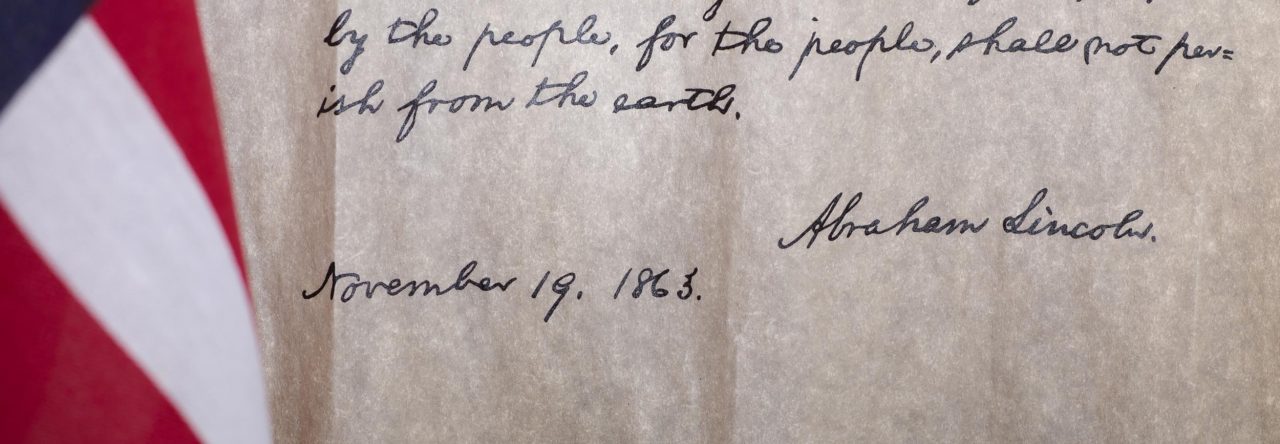Happy New Year, family! Here’s the latest update on COVID.
First, the bad news. The US continues to have widespread community transmission; though there is some regional variation (somewhat better in the Midwest, worse in California) overall the pandemic (in terms of cases, hospitalizations, deaths, and test positivity rates) is the worst it has ever been. Remember how scared you were back in the spring? It’s worse now. You can’t trust the most recent data because reporting is lagging and/or funky due to the holidays, but I see no reason to think that things won’t keep getting worse before they get better—there will be a post-holiday surge reflected in the January data, and people are just getting COVID fatigue so they are not staying in and practicing the basics.
Second, health systems are struggling again, mostly because of case volumes and shortages of clinical personnel. Unlike the spring, most health care workers are now getting infected or exposed from community exposure, not at work, so there ongoing shortages of physicians and nurses, and no one is traveling to other areas to help-everyone is needed at home.
Third, there is evidence that the virus is mutating to increase its transmissibility. There are sporadic reports in the US, but because we are not doing much genomic surveillance, it is probably also circulating in the US. (though more transmissible, its unclear whether it causes more severe illness; vaccines should also protect against it)
Fourth, vaccine distribution and administration is not going very well. This is the entirely predictable result of devolving this responsibility to states without a national plan, combined with lack of funding for mundane but critically important functions.
So what’s the good news? There is some! First, the two mRNA vaccines (Pfizer and Moderna) appear to work well, even with the first doses. Second, the Johnson and Johnson vaccine (which is an adenovirus vaccine) needs only one dose and doesn’t need super cold storage. Their trial for FDA EUA should be done by the end of January so if it looks good, it could be approved in February. The AstraZeneca/Oxford vaccine (approved in the UK) is also a one-shot vaccine, and might be approved by April in the US.
More good news is that people are actually willing to get the vaccine, though there is a lot more work to do, especially among minority populations.
Lastly, I am hopeful that the new administration will have a better national COVID response than we have had to date.
So overall, I am actually optimistic about 2021. The first few months this year will be rocky, but by April we should have a lot of vaccinations going on across the county. If most of the high-risk groups are vaccinated by then, hospitalizations should start to drop and health systems and front line healthcare workers can take a breather. By summer, I’d expect widespread vaccine availability and the beginning of “immunity passports” for social and other events. By the fall, schools and colleges will be getting back to normal, probably mandating vaccinations for students and staff. And by the holidays, I am hopeful we will be looking at COVID 19 [as a pandemic] in the rear view mirror. The virus will become “endemic” and continue to circulate like influenza and other coronaviruses, but society will have adapted.
So hang in there, get the first vaccine that is available to you, and think positive-think of all the stories you’ll have to tell!
Take care and stay safe!


Janet
100%. Thank you for the Positive Message. Happy New Year!
Leonard+Stephen+Feinman
It’s still being handled at Warp Speed, at least 10 years sooner than some expected. We have a way to go, but many of us are hunkered down for the duration.